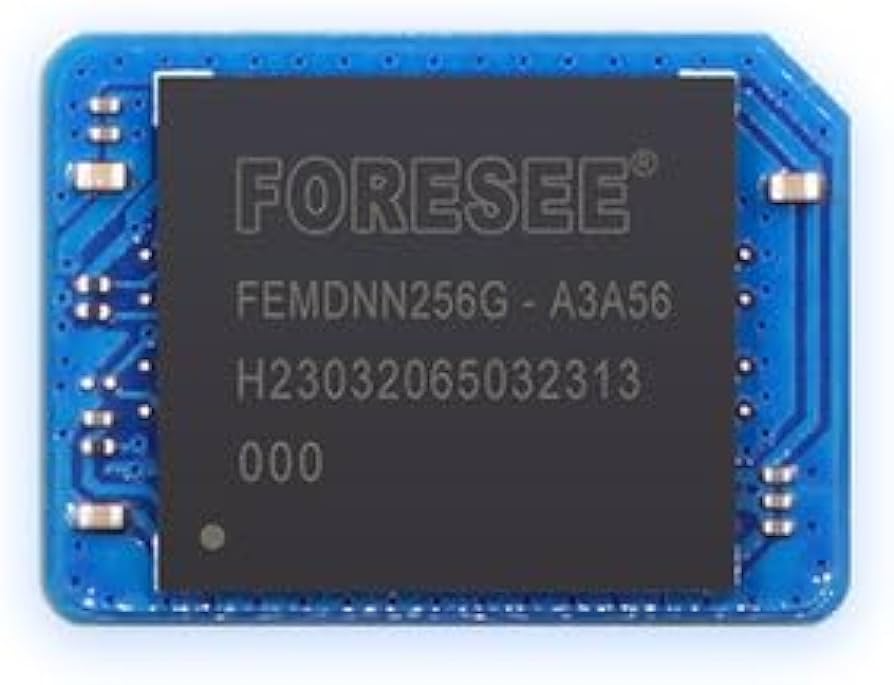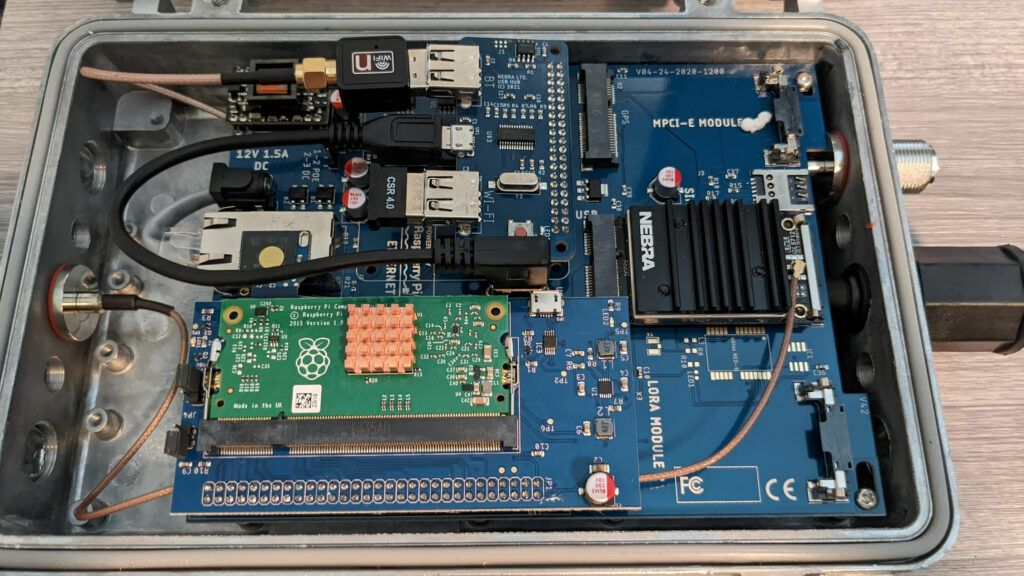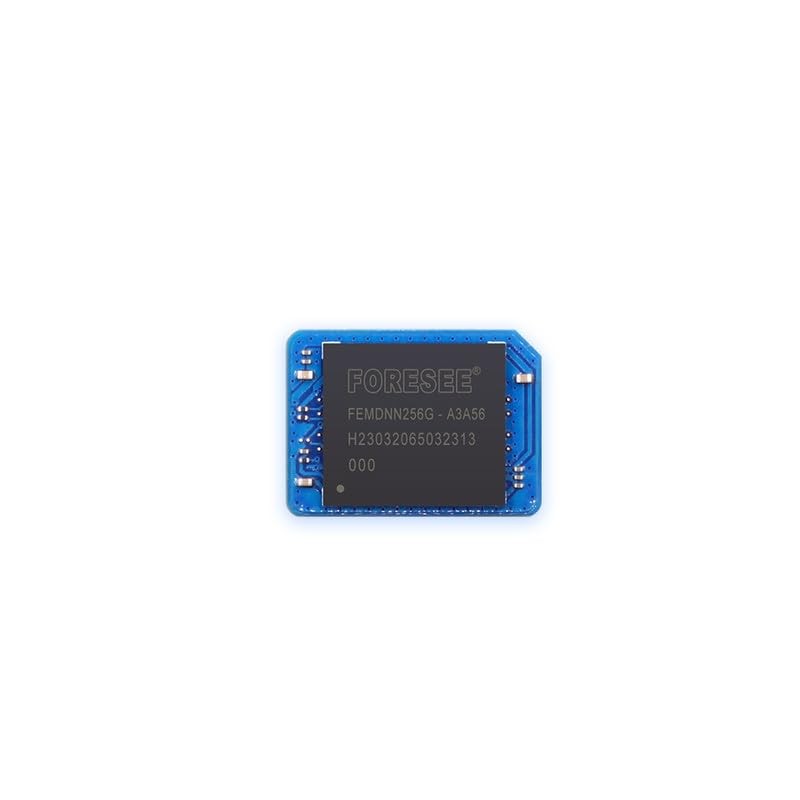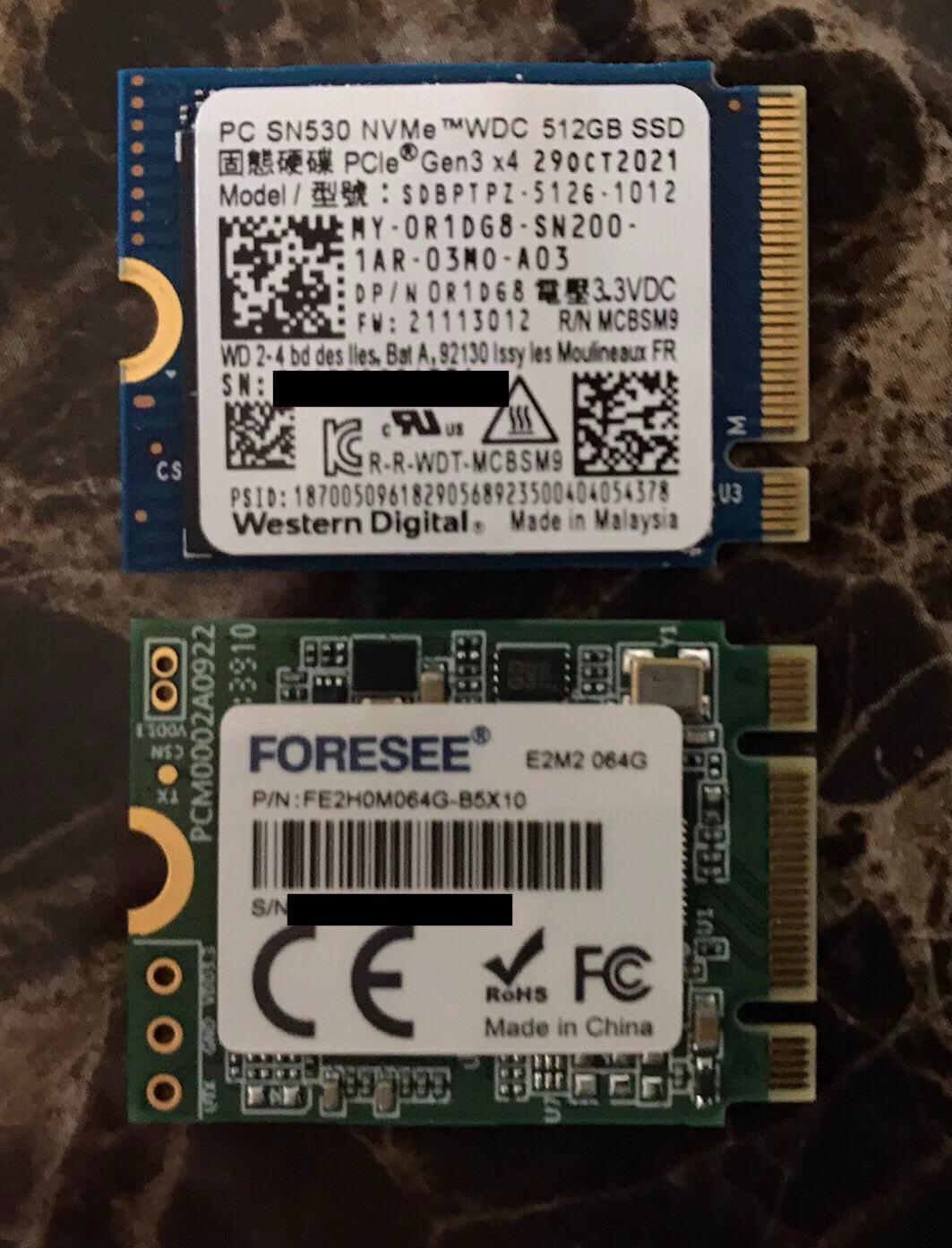Introduction to eMMC Technology
Embedded MultiMediaCard (eMMC) has become a ubiquitous component in modern electronic devices, playing a pivotal role in storage solutions for smartphones, tablets, laptops, and even some IoT devices. Since its inception, eMMC has evolved to offer faster read and write speeds, higher storage capacities, and improved reliability, making it a preferred choice for manufacturers seeking cost-effective yet efficient storage solutions.
What is eMMC?
At its core, eMMC is a type of non-volatile flash memory, designed specifically for embedded systems. Unlike traditional SD cards or USB flash drives, eMMC is permanently soldered onto a device’s motherboard, enabling a more compact design and enhancing data transfer speeds by minimizing the need for external interfaces. It integrates the NAND flash memory (where data is stored) with a controller (managing data operations) in one package, offering a complete storage solution.
The Evolution of eMMC Standards
From Humble Beginnings to High-Speed Data Transfer
The eMMC standard has progressed through several iterations since its introduction, each marked by enhancements in speed class and command sets. Early versions like eMMC 4.3 HS (High Speed) provided baseline performance, while later iterations such as eMMC 5.0 and 5.1 introduced HS400 and HS200 modes, respectively, significantly boosting read and write speeds. The latest, eMMC 5.1, supports features like Command Queue (CQ) and Host Managed Interface (HMI), further optimizing data handling efficiency.
How Does eMMC Work?
Inside the Package
An eMMC module operates through a highly integrated system consisting of the NAND flash chips, a controller, and a standard interface. The controller acts as the intermediary, managing data flow between the device’s processor and the NAND flash memory. It handles wear leveling (distributing writes evenly to extend lifespan), error correction, and other critical tasks to ensure reliable data storage.
Speed and Performance Metrics
eMMC performance is often characterized by its sequential read and write speeds, as well as random read and write IOPS (Input/Output Operations Per Second). The higher the numbers, the faster the data can be accessed or stored. For instance, eMMC 5.1 can reach up to 250MB/s read and 125MB/s write speeds, suitable for high-definition video playback and moderate multitasking.
eMMC vs. Other Storage Technologies
Comparisons with SSDs and UFS
While eMMC provides a balance between cost and performance, it’s often compared to Solid State Drives (SSDs) and Universal Flash Storage (UFS), especially in high-end devices. SSDs typically offer significantly faster read/write speeds but at a higher cost. UFS, designed as a direct successor to eMMC, boasts even greater performance with lower latency, making it a popular choice for flagship smartphones and tablets.
Suitability for Different Applications
For budget-friendly devices, eMMC remains a practical choice due to its affordability and satisfactory performance for everyday tasks. However, power users or those requiring intense data processing capabilities might find SSDs or UFS more fitting, given their superior speed and responsiveness.
The Future of eMMC: Challenges and Opportunities
Embedded MultiMediaCard (eMMC) technology has been a cornerstone of embedded storage solutions, widely used in smartphones, tablets, digital cameras, and other portable devices due to its cost-effectiveness, small form factor, and reliability. However, as technology advances and new storage solutions emerge, the future of eMMC faces both challenges and opportunities. Here’s an overview:
Challenges
- Performance Limits: Compared to newer storage technologies like Universal Flash Storage (UFS) and NVMe SSDs, eMMC offers relatively slower read and write speeds. This can limit its suitability for high-performance applications such as 4K video recording, advanced gaming, and AR/VR experiences.
- Capacity Constraints: As data-intensive applications become more prevalent, the demand for larger storage capacities grows. While advancements have increased eMMC capacities, they still lag behind higher-end alternatives, which can offer terabytes of storage.
- Competing Technologies: UFS and NVMe SSDs are rapidly gaining adoption due to their significantly faster speeds and improving cost-effectiveness. These technologies pose a threat to eMMC’s market share, especially in premium devices where performance is paramount.
- Power Efficiency: While eMMC is going to know for being energy-efficient, newer storage technologies are closing this gap with advanced power management features, making them more competitive in power-sensitive applications.
Opportunities
- Internet of Things (IoT) and Embedded Systems: The proliferation of IoT devices and embedded systems requiring reliable, low-power, and cost-effective storage presents a significant opportunity for eMMC. These devices often prioritize energy efficiency and cost over极致 performance, making eMMC an attractive option.
- Automotive Industry: With the rise of connected cars and autonomous driving systems, there’s a growing need for reliable storage in vehicles. eMMC, with its robustness against harsh environments and ability to handle a wide temperature range, could find a niche in automotive infotainment and telematics systems.
- Cost-Effective Solutions for Budget Devices: In the smartphone and tablet markets, there remains a segment focused on affordability. For these devices, eMMC continues to be a viable solution, offering a balance between cost and performance.
- Innovation and Enhancements: Continuous improvements to eMMC technology, such as the adoption of newer flash memory types (e.g., 3D NAND) and advancements in controller technology, can help bridge the performance gap and increase capacity limits, keeping it competitive.
- Emerging Markets: In regions where cost sensitivity is high, eMMC-based devices can continue to thrive. As these markets mature and users demand more sophisticated devices, eMMC can serve as a stepping stone to more advanced storage technologies.
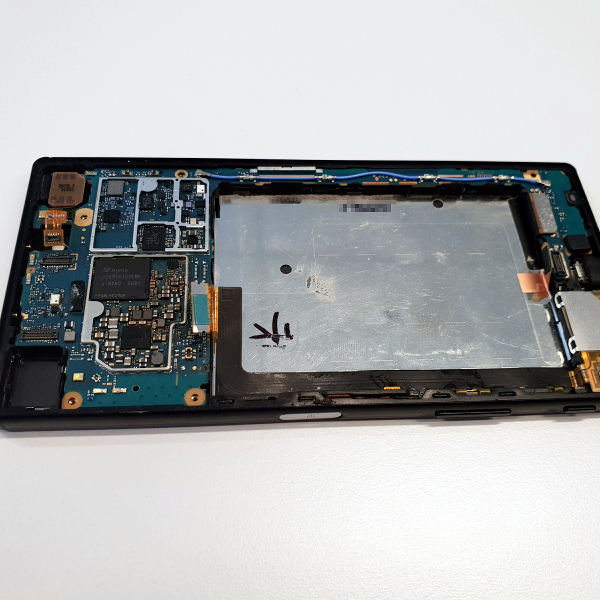
While eMMC faces stiff competition from newer, faster storage technologies, it still holds relevance and growth potential, particularly in applications where cost-effectiveness, reliability, and low power consumption are paramount. By adapting to evolving market needs and leveraging ongoing technological advancements, eMMC can continue to play a vital role in the storage landscape of the future.
Conclusion: Embracing eMMC’s Role in the Digital Landscape
Embedded MultiMediaCards have undoubtedly shaped the storage landscape of modern electronics, offering a cost-effective and reliable solution that balances performance with affordability. As technology progresses, eMMC continues to evolve, adapting to meet the ever-changing demands of the digital world. While it competes with faster alternatives, eMMC retains its niche as a go-to storage option for a wide range of devices, ensuring its relevance in the years to come. By understanding its workings, advantages, and limitations, we can better appreciate how this tiny component contributes to the seamless operation of our favorite gadgets.
